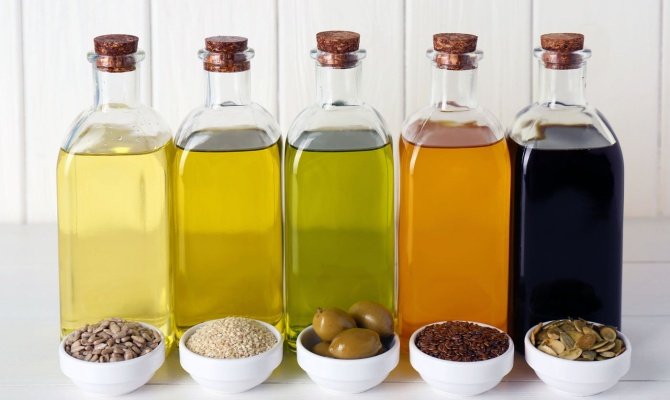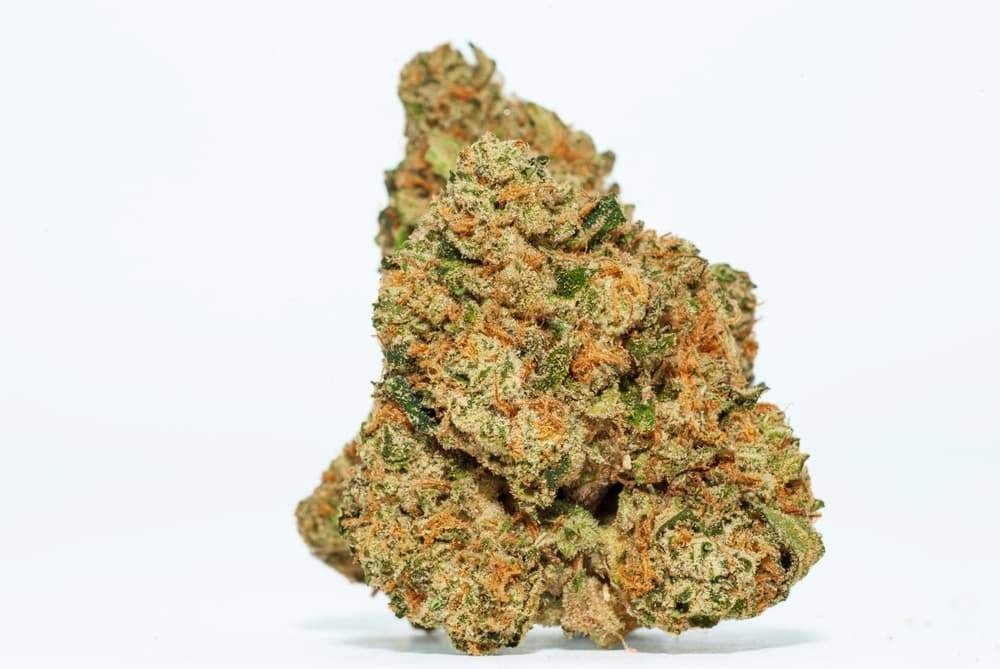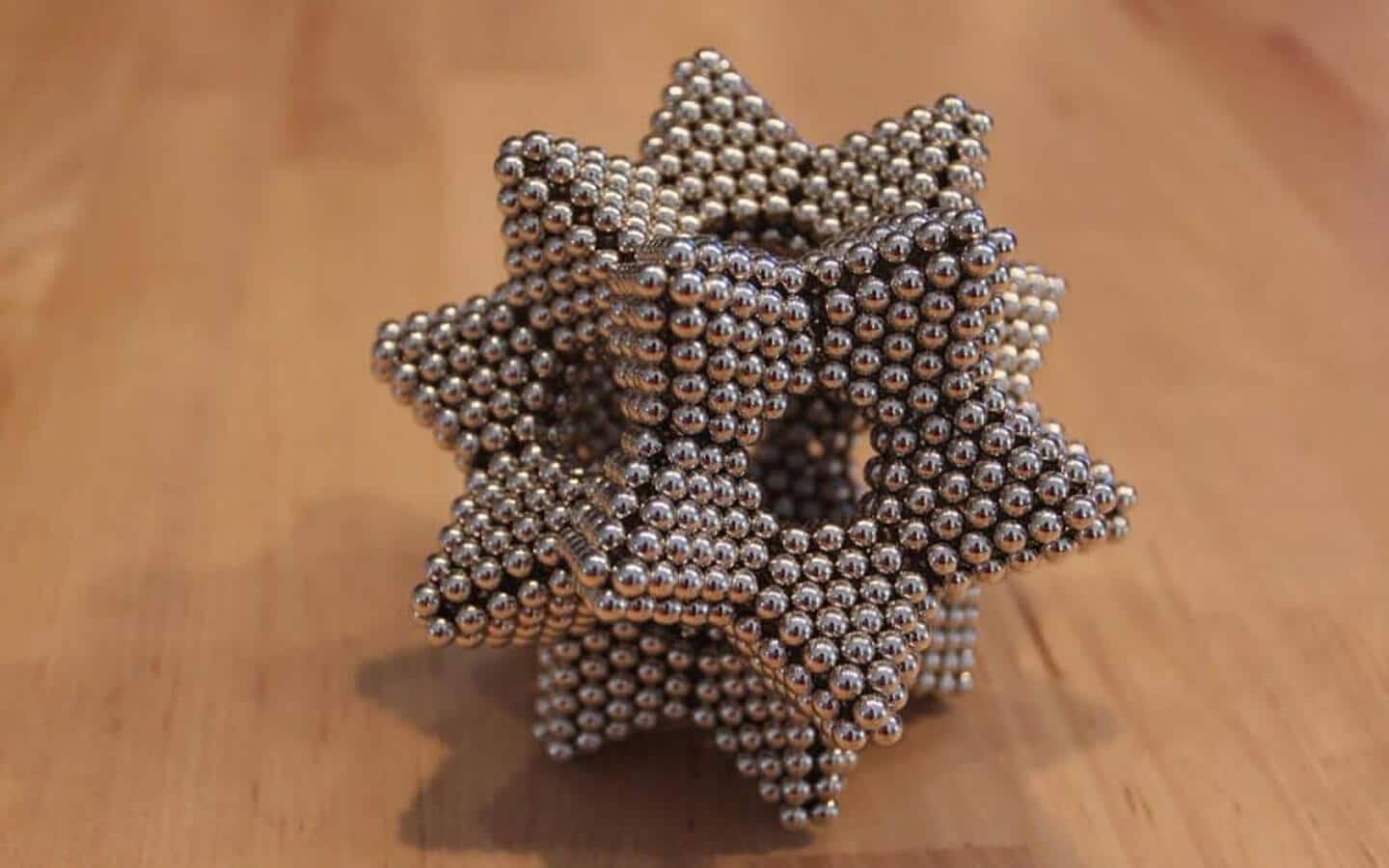For years, people have debated one simple question: is olive oil a seed oil? At first glance, the confusion makes sense. Many oils in our kitchens — sunflower, canola, soybean — come from seeds. But olive oil has a story that stretches back thousands of years, rooted in the sun-soaked Mediterranean groves where olives have symbolized life, purity, and health.
This guide dives deep into the origin, composition, extraction process, and health impacts of olive oil compared to seed oils. By the end, you’ll know exactly what sets olive oil apart and why it’s considered one of the healthiest fats on earth.
What Are Seed Oils?
Before we uncover olive oil’s classification, it’s vital to understand what seed oils actually are.
Seed oils are extracted from the seeds of plants using mechanical or chemical processes. These oils include:
| Common Seed Oil | Source Plant | Extraction Method | Typical Use |
| Sunflower oil | Sunflower seeds | Cold-pressed or refined | Cooking, frying |
| Canola oil | Rapeseed | Chemical extraction | Baking, sautéing |
| Soybean oil | Soybeans | Solvent extraction | Processed foods |
| Corn oil | Corn germ | Refining and deodorizing | Deep frying |
| Cottonseed oil | Cotton plant seeds | Solvent extraction | Packaged snacks |
Most seed oils undergo industrial refining, which uses high heat and chemical solvents to extract large quantities efficiently. While this process yields more oil, it can destroy beneficial nutrients and create compounds like trans fats or oxidized lipids that may harm health when consumed excessively.
Is Olive Oil a Seed Oil? The Short Answer
No — olive oil is not a seed oil.
Unlike seed oils, olive oil is a fruit oil because it’s made from the whole fruit of the olive tree, not from its seed. The oil is pressed directly from the flesh of ripe olives, a process that preserves its natural antioxidants, polyphenols, and flavor.
This distinction is crucial. Seed oils come from seeds that require complex extraction, while olive oil flows naturally from crushed fruit. That’s why olive oil retains its nutritional integrity and why it’s central to heart-healthy diets like the Mediterranean diet.
How Olive Oil Is Made
The olive oil production process is both an art and a science, perfected over centuries.
1. Harvesting the Olives
Olives are typically handpicked or mechanically shaken from trees during harvest season. Timing is everything — underripe olives yield bitter oil, while overripe ones reduce shelf life.
2. Crushing and Pressing
The fresh olives (including skin and flesh) are crushed into a paste. Then, using cold pressing — mechanical pressure under 27°C — oil is separated from the pulp and water without using chemicals.
3. Filtration and Bottling
The oil is filtered to remove impurities, then bottled in dark glass to protect it from light and oxidation.
Here’s a simple comparison of extraction methods between olive oil and seed oils:
| Oil Type | Extraction Method | Use of Heat/Chemicals | Nutrient Retention |
| Olive Oil | Cold-pressed from fruit | None or minimal | High |
| Seed Oil | Solvent extraction, refined | High | Low |
This minimal processing is the secret behind olive oil’s rich aroma, vibrant color, and nutritional potency.
Different Types of Olive Oil
Understanding the types of olive oil helps you choose wisely:
| Type | Description | Best Use |
| Extra Virgin Olive Oil (EVOO) | Extracted mechanically without heat or chemicals; retains most nutrients | Drizzling, salads, dipping |
| Virgin Olive Oil | Slightly higher acidity, still cold-pressed | Cooking and sautéing |
| Refined Olive Oil | Chemically treated to remove defects | High-heat cooking |
| Pomace Olive Oil | Extracted from leftover pulp using solvents | Commercial use |
For health and flavor, extra virgin olive oil reigns supreme. It’s the purest form, packed with antioxidants like hydroxytyrosol and oleocanthal, which fight inflammation and protect against chronic diseases.
How Olive Oil Differs from Seed Oils
Olive oil stands in a class of its own. Here’s why:
- Source: Comes from fruit, not seeds.
- Extraction: Uses mechanical cold pressing instead of chemical solvents.
- Composition: Rich in monounsaturated fats instead of omega-6 polyunsaturated fats.
- Stability: Resistant to oxidation and rancidity.
- Health Profile: Supports heart and brain health.
Fatty Acid Breakdown
| Type of Fat | Olive Oil (%) | Typical Seed Oils (%) |
| Monounsaturated | 70–80 | 15–30 |
| Polyunsaturated | 10–15 | 50–70 |
| Saturated | 10–15 | 10–15 |
The high monounsaturated fat content gives olive oil its stability and health benefits, while most seed oils contain large amounts of omega-6 fatty acids, which can promote inflammation when not balanced with omega-3s.
Health Benefits of Olive Oil
Olive oil’s reputation as a “liquid gold” isn’t just poetic — it’s backed by solid science.
1. Heart Health
Research shows that olive oil reduces LDL (“bad”) cholesterol and raises HDL (“good”) cholesterol, keeping arteries flexible and healthy. The PREDIMED study, one of the largest dietary trials, found that those on a Mediterranean diet rich in olive oil had 30% fewer heart attacks and strokes.
2. Anti-Inflammatory Power
Olive oil’s polyphenols work like natural anti-inflammatory agents. Oleocanthal, for instance, mimics the effects of ibuprofen.
3. Brain Protection
Its antioxidants combat oxidative stress — a key factor in cognitive decline and Alzheimer’s disease.
4. Digestive and Skin Health
It aids digestion, promotes healthy gut bacteria, and nourishes skin due to its vitamin E content.
Common Myths About Olive Oil
Let’s clear the air on some persistent misconceptions:
- Myth 1: Olive oil isn’t suitable for cooking.
Fact: Extra virgin olive oil has a smoke point between 375–410°F, making it safe for most cooking methods. - Myth 2: Light olive oil means fewer calories.
Fact: “Light” refers to flavor, not calorie content. All olive oils have roughly 120 calories per tablespoon. - Myth 3: Seed oils are healthier because they’re “plant-based.”
Fact: While both are plant-based, seed oils undergo heavy refining that strips nutrients and introduces unstable fats.
How to Choose Quality Olive Oil
Not all olive oils are created equal. Use this quick checklist before buying:
✅ Look for “Extra Virgin” on the label.
✅ Check the harvest date. Fresher is better.
✅ Buy dark glass bottles to avoid light damage.
✅ Choose cold-pressed oils for maximum nutrients.
✅ Beware of blends that mix olive oil with cheaper seed oils.
A simple home test: pour a bit into a glass and chill it in the fridge. Pure olive oil thickens slightly due to its natural fats — a good sign of authenticity.
Environmental and Cultural Impact
Beyond nutrition, olive oil carries cultural and environmental significance. The Mediterranean basin, particularly countries like Greece, Italy, and Spain, relies heavily on olive farming. These groves support rural economies, maintain biodiversity, and prevent soil erosion.
Plus, olive trees thrive in poor soil with minimal water, making them one of the most sustainable crops for oil production.
Olive Oil vs. Seed Oil: Which Should You Choose?
Here’s a quick recap:
| Feature | Olive Oil | Seed Oil |
| Source | Fruit | Seed |
| Extraction | Cold-pressed | Chemically refined |
| Fat Type | Monounsaturated | Polyunsaturated |
| Oxidation Risk | Low | High |
| Health Benefits | Cardiovascular, anti-inflammatory, cognitive | Minimal or neutral |
| Best Use | Dressing, sautéing, roasting | Deep frying, commercial foods |
If your goal is longevity, flavor, and heart health, olive oil is the clear winner. Use it generously in dressings, drizzle it over grilled vegetables, or pair it with fresh bread — the Mediterranean way.
Final Thoughts
So, is olive oil a seed oil? Absolutely not. It’s a fruit oil, rich in history, nutrition, and cultural importance.
Seed oils may be common in fast foods and processed products, but olive oil remains nature’s authentic elixir — simple, pure, and profoundly beneficial. If there’s one oil to make a staple in your kitchen, let it be olive oil, the golden gift of the olive tree.
Quote to Remember:
“Let food be thy medicine and medicine be thy food.” — Hippocrates
A drizzle of olive oil might just be the ancient wisdom your modern diet needs.













Leave a Reply